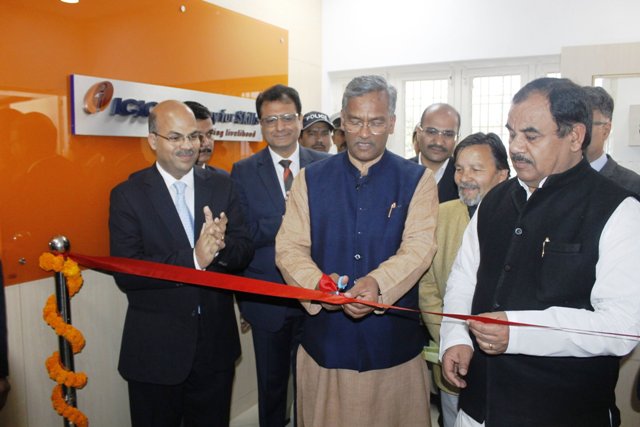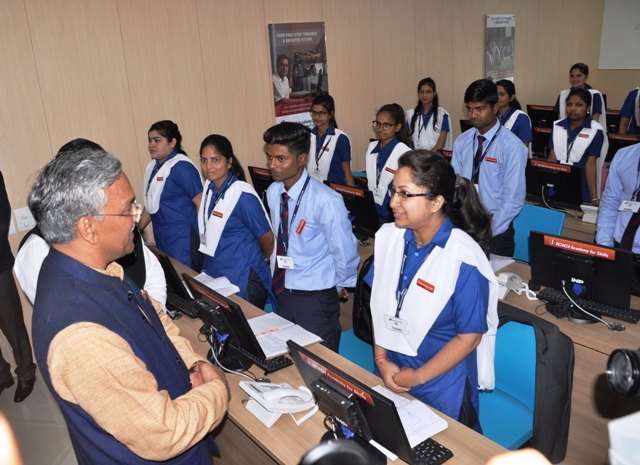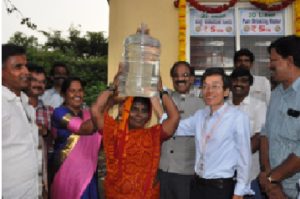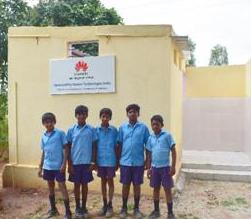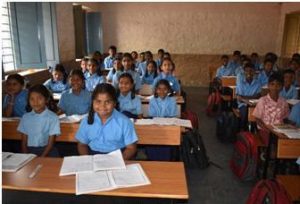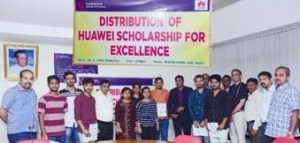Imagine you have to go to work on the day of India’s 2019 CWC final against a well-deserved side, and there is no way for you to know who won? Who scored the maximum runs? Who took the maximum wickets? Before you see it again during the late night highlights. Won’t that make us a little too anxious? Today, all the happenings in the world, with the minutest of details, are made available to us at the push of a button or touch of a screen. But this wasn’t always the case.
There was a time when we literally had to wait many-an-hour to discover the results of sporting events; but as the years progressed, and our inevitable need to grow and process information faster came calling, things changed for good! We hardly ever consider or talk about the importance of the technological advancements that bring us our daily news, world happenings, and sports in mere seconds, but today we are going to talk about precisely that!
Whenever we talk about the technological advancements that have influenced sports, it is important to acknowledge both, the advancements that have improved the way the game is played and scored, as well as the advancements that have enabled the various sporting events to reach a global audience. First, let’s talk about how advancements in technology have enhanced the sporting experience in the field.
The biggest credit for making sports safer and more viable for the younger audience goes to the advancements in the sporting equipment technology. Sporting equipment was once devoid of computers or analytical software, but thanks to these advancements, real-time data collection and analysis has now been made possible. The technology available today helps a cricket or baseball batsman understand why their shots aren’t reaching the boundary line or going for a home run, helps footballers survive for the whole 90+ minutes on the football field and helps drafters pick their team for the next NBA or NFL season. Almost all of our sporting verticals have benefitted thanks to the technological advancements. Advancements such as the simulator have helped pro-golfers practice a nice round of golf without stepping out and have also helped professional racers drive around at the comfort of their living rooms. The rapid growth in simulator technology has only helped sports reach even more people than previously imagined. Sports such as football, basketball, cricket, etc have also started using simulators to promote and enhance the viewer and player experience.
We have also seen advancements in equipment that is not placed on the players’ or athletes’ body. With the improvement in camera and video qualities and the speed at which we can now transfer data, the ability to generate Instant Replays (IR) was born. Instant replays, as you all know, have played a pivotal role in helping the referees and umpires take an unbiased and informed decision to direct the outcome of the game. With the help of instant replays, and other available technologies, a plethora of new advancements were made possible across various different sports; like the Decision Review System (DRS), Hot-Spot and Snickometer in cricket and the VAR and Goal-Line technology in football and various other sporting verticals.
Technological enhancements in sporting equipment have also helped reduce fatalities in the more injury-prone sports. Some examples of the same can be the HANS (Head and Neck Support) device in motorsports, wearable computers for athletes and prosthetic devices for the disabled and many more. The technological know-how that humanity has accumulated over the years, coupled with the analytical software at our disposal has helped us accurately measure and monitor a player’s heart, acceleration, and blood pressure rates; crucial data for the outcome of a game or race. These advancements have not only helped bring more clarity to the way the game is played but also helped the game become more self-reliant; a previously impossible feat. History suggests that as we continue to improve, the use of these technologies will only increase, in our attempt to make the sport we love and cherish, even better.
The world is also seeing a boom in the viewership and popularity of sporting events. There have been so many factors that have contributed to the growth of sporting events during the last three decades. Some of the primary factors that have helped sporting events reach a much larger audience are the increasing popularity and availability of internet in most countries of the world, the growing popularity of online ticketing platforms, the increasing reach of social media platforms like youtube, facebook, twitter, Instagram and snap chat, and the growing viewership of sporting events on streaming platforms like Twitch TV, Hotstar, etc. The growth in viewership has resulted in sporting events like the Superbowl, FIFA and Cricket World Cups, and UFC fight nights become the primary spots for advertisers to promote their products or services to the audiences.
The world has witnessed a massive surge in the amount and way sports are consumed over the past few decades, and it is just the beginning. Who knows, maybe in some years, technological advancements like the Virtual Reality, Hologram Projection, and Artificial Intelligence can take the phrase “Going to the Game” to a whole new dimension. And as audiences, it is our duty to ensure that these advancements in sport are supported while making sure the essence of the game isn’t lost.
 The author, Sanjeev Anand, is Country Head – Commercial Banking and in-charge of Sports Vertical, IndusInd Bank and an avid sports enthusiast.
The author, Sanjeev Anand, is Country Head – Commercial Banking and in-charge of Sports Vertical, IndusInd Bank and an avid sports enthusiast.
Views of the author are personal and do not necessarily represent the website’s views.
Thank you for reading the column until the very end. We appreciate the time you have given us. In addition, your thoughts and inputs will genuinely make a difference to us. Please do drop in a line and help us do better.
Regards,
The CSR Journal Team
Subscribe



